Good afternoon steemian friend ..
Back again with me @elhadi this time I will share 13 animals that live in the north pole, This is the result of images of animals living in the north pole:

1. Wolverine
What comes to mind when you think of a wolf? An animal like a wolf-ferocious? In fact, this creature is a member of the weasel family, more like a river otter. Unlike the superhero film that bears the same name, wolverine has no retractable metal claws. It does, however, have semitretractable claws, but it is most commonly used for digging and climbing, according to the U.S. Fish and Wildlife Services.
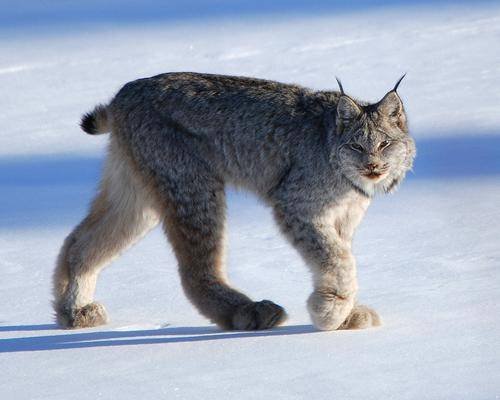
2. Canadian cat ( Lynx )
Lynx is a lesser known cat that is usually small in size. The lynx canyon has long legs and extensive claws that make walking through thick snow easier. They mainly hunt snowshoe rabbits, cousins of the Arctic rabbits. Canada lynx became extinct in Colorado in the 1970s, though creatures were successfully reintroduced in the area. Currently, the US Fish and Wildlife Service has set "threatened" in 48 states.
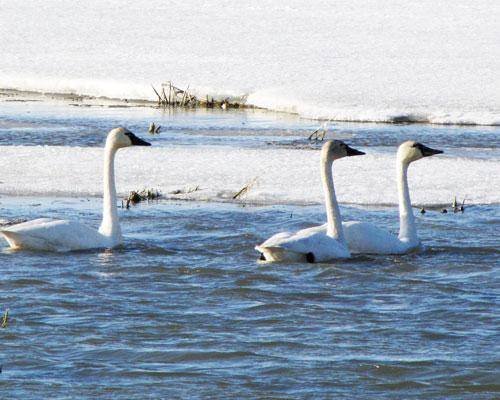
3. Geese Tundra
Tundra's goose moves to Alaska every spring to build its nest and lay eggs. In the fall, the species migrates to the Northeast US, along the Atlantic coast from North Carolina to Maryland.
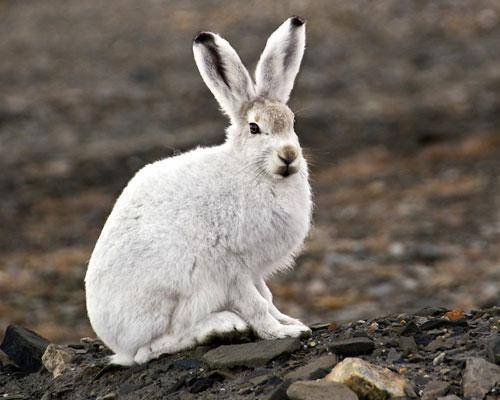
4. Polar Rabbit
Striking creatures can be found in the Arctic regions of Alaska, Canada and Greenland. In the winter months, the Arctic rabbit's mantle turns white, allowing it to blend with the snow, but in summer, the coat is generally ash-brown color.
Arctic rabbits are not considered endangered or endangered species in the United States
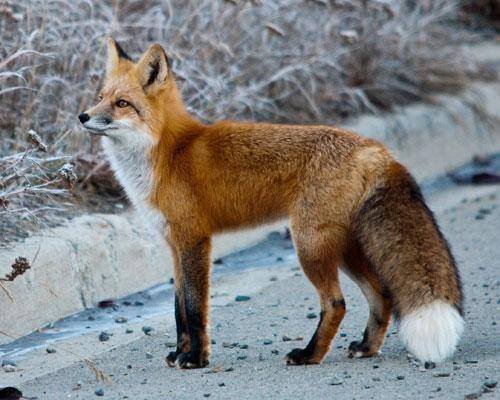
5. Red furry fox
Red fox does not mean unique to the Arctic Circle. In fact, it can be found in every continent in the world except Antarctica. Unfortunately, it is perceived as a threat in many ecosystems. In Australia, for example, the red fox was introduced by humans to hunt recreation in 1855 and quickly became established in the wild. About 150 years later, the Arctic fox threatened some of Australia's native bird and mammal populations.

6. Polar Bear
Polar bears are also known as "Nanook," "Nanuq," "ice bears," "sea bears" and "isbjs," according to the US Fish and Wildlife Service. This magnificent white bear is listed as "threatened" and is protected by the US Endangered Species Act.

7. Caribou
Caribou jungle - also known as deer when domesticated - can be found in the north and south of Alaska, Canada, Russia and Greenland. This is the only deer species in which both females and males have horns. Karibu is protected under the Endangered Species Act.
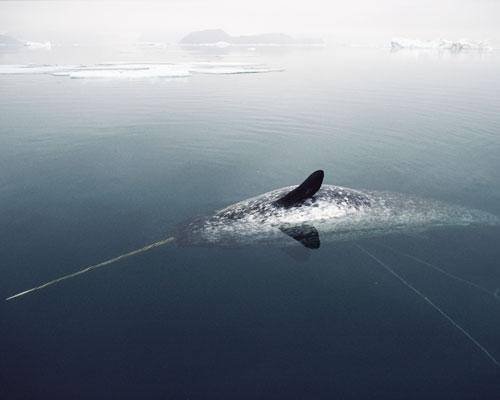
8. Narwhal
Called "sea unicorn" because (sometimes up to 10 meters!) The long fangs stand out from the jaws, this unique Arctic creature can be found swimming in the waters of Greenland and Canada. Hunting and breeding the Narwhal pattern is still a mystery to scientists, although we know that their fangs are not used for hunting. Their food consists mostly of squid.
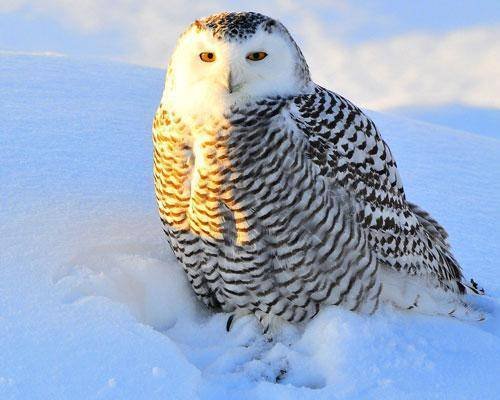
9. Owls poles
Snowy owls are one of the only birds that live throughout the Arctic year and do not migrate. When the snowy owls are fully grown, their fur is pure white, but when they are owlets (or baby owls), the fur is gray. The snowy owl is also the same owl species as the famous pet Harry Potter, Hedwig.

10. Fox poles
The Polar Fox can be found in the Arctic ecosystem in the northern hemisphere, even in Iceland where it is a native land mammal only. He arrived in Iceland during the last Ice Age, where he traveled on frozen water to the volcanic island. This species of fox is threatened in Scandinavia where it has been heavily protected for decades.
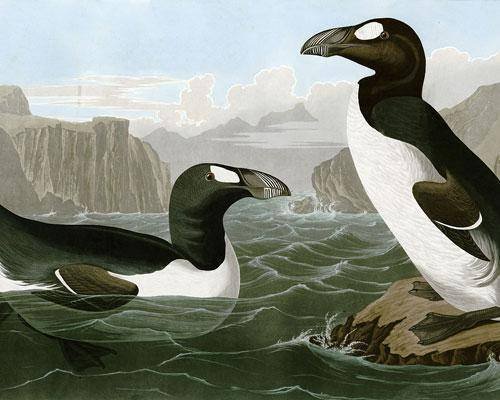
11. Penguin Big
The big pistil is the original penguin, because it is the first flying bird with that name. It lives in the waters of the North Atlantic, specifically Canada, and is found south as far as New England. The large pounding hunt caused extinction around the 1800s. In modern times penguins live only in the Southern Hemisphere.
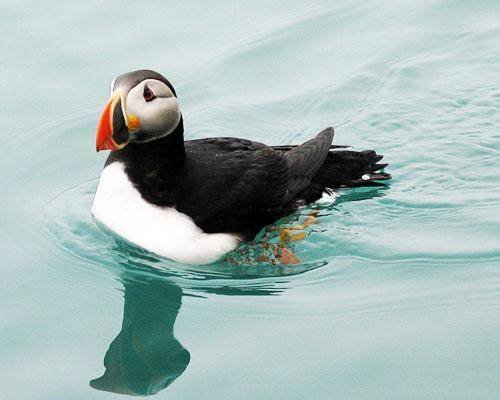
12. Atlantic puffin
And this is the end. This creature, also known as a common puffin, is associated with the extinct Auk, but is alive and well and can be found in northern Europe, the Arctic Circle, Newfoundland and Maine. This seabird spends most of its time on the water, where it dives for fish and squid. The sound of the bill sounds a marker of the mating season, when birds can be seen on dry land in spring and summer. See you again in my next post hope you guys like it.
wow amazing... i thinking that, God made all creature as their habitats.
Thank you friend. I also think that God created creatures and their habitats so beautifully.